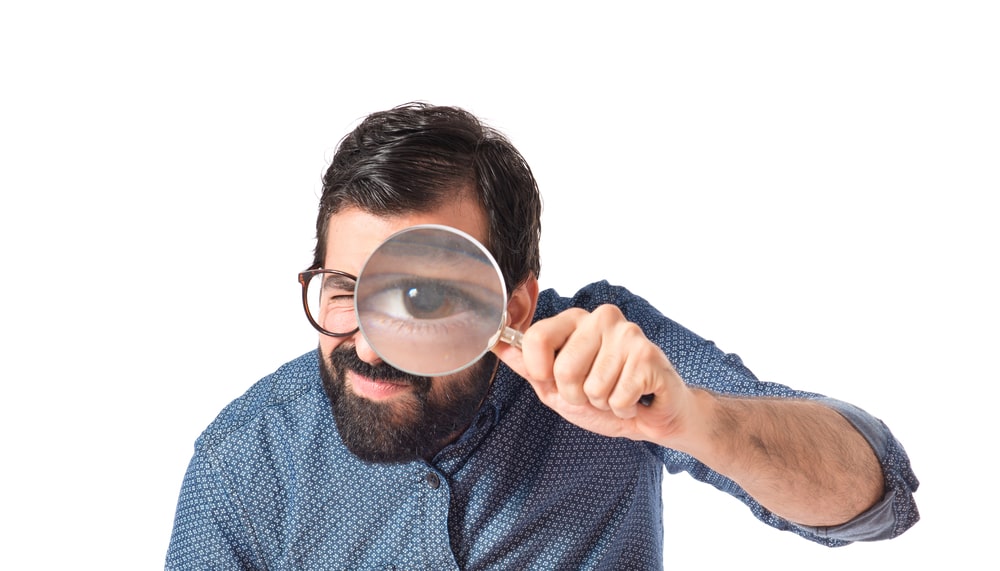Last Updated on May 31, 2023 by Dave Schoenbeck
Critical thinking is the most critical performance multiplier a leader can develop. Enhanced critical thinking allows you to work effectively with others and make better decisions. Properly assessing leadership critical thinking skills in yourself and your teammates can significantly drive success within your organization. Here’s what you need to know:
What Are Leadership Critical Thinking Skills?
Critical thinking is the mental capacity to identify the core issues driving a problem, challenge, or opportunity, then create and implement a workable solution using your available resources. It is the ability to draw connections between issues and understand how ideas intersect. Leadership critical thinking skills can significantly help you grow in your career.
Regarding leadership, critical thinking is a higher-level activity that determines our beliefs and patterns of action. It impacts the way we make decisions and set goals for the future. It sounds straightforward, but leadership and critical thinking skills are bundled into many different skills.
How to Use Critical Thinking at Work
According to the Maui Analysis Group, 35 critical thinking competencies empower outstanding leadership in the workplace, divided into six categories. The complete document can be found here, but I will summarize them below. To master leadership critical thinking skills, you must first master these competencies. They are:
Working Effectively with Others
- Insight into Others: Using your intuition to read other people accurately.
- Attitude toward Others: Remaining objective when interacting with others.
- Prejudice-Bias Index: Managing others without letting your need to be liked or fear of being disliked interfere.
- Sensitivity to Others: Balancing your compassion for others with an ability to see their strengths and weaknesses.
- Listening to Others: Considering others’ ideas while staying true to your management style.
- Talking at the Right Time: Avoiding overconfidence and respecting other peoples’ thoughts.
Managing the Activities of Others
- Meeting Established Standards: Identify problems and solutions that utilize your available resources.
- Doing Things Right: Letting go of your individualistic beliefs when faced with evidence that there’s a better way forward.
- Attention to Policies and Procedures: Adhering to policy without letting it stifle your creative thinking.
- Meeting Schedules and Deadlines: Accomplishing tasks on time without becoming paralyzed by stress or perfectionism.
- Attitude toward Authority: Being willing to set aside priorities to fit in with established norms, protocols, and rules.
- Attention to Concrete Detail: Accurately evaluate what happens around you.
Problem-Solving
- Evaluating What to Do: Accurately understanding the problem at hand as well as the way forward.
- I am using Common Sense: Achieving results through practical problem-solving rather than relying purely on gut instinct or previous success.
- Intuitive Insight: Use intuition as part of your strategy to determine right and wrong without letting it blind you.
- Seeing Potential Problems: Viewing issues from all perspectives in a balanced way.
- Proactive, Conceptual Thinking: Considering an action’s consequences before taking it.
Planning and Organizing
- Realistic Goal-Setting: Viewing objectives in an evaluative manner, aiming high while considering restrictions and limitations.
- Short-Range Planning: Setting aside perfectionism favoring a practical, more immediate solution and getting things done when needed, even on a time crunch.
- Long-Range Planning: Planning for the future rather than considering the immediate benefits or results.
- Concrete Organization: Paying attention to the matters at hand and viewing them in a balanced way.
- Conceptual Organization: Using logic to analyze a situation while achieving results accurately.
- Attention to Planning: Following a plan and recognizing any events that can either support or detract from the project.
Getting Things Done
- Self Confidence: Believing in your ability to succeed and knowing your worth.
- Goal-Directedness: Maintaining clarity on the direction of your future endeavors despite potential obstacles.
- Results-Oriented: Balancing the need for immediate results without sacrificing long-term quality.
- Ambition: Achieving clarity on your overall direction in life and career and setting challenging goals.
- Persistence: Staying on track to fulfill your goals while knowing when to change direction.
- Consistency: Remaining committed to situations that support your primary responsibilities and commitments.
Managing Self (Self-Management)
- Self-Esteem: Knowing your worth without becoming arrogant and feeling good about yourself and your work.
- Self-Assessment: Realistically evaluate your strengths and weaknesses without being too egotistical or brutal on yourself.
- Self-Control: Avoiding impulsive reactions to emotional situations, interpersonal conflicts, or high-pressure tasks.
- Role Satisfaction: Appreciating your place in the hierarchy and feeling fulfilled in your career.
- Flexibility and Adaptability: Considering alternatives to your planned course of action and taking them accordingly.
- Health-Tension Index: Remaining free from long-term frustration or anxiety due to workplace stressors.
Ways to Increase Critical Thinking Skills
You’re not alone if you struggle with any of the abovementioned areas. Much like leadership in general, critical thinking is a talent that must be cultivated over time. You can develop your necessary thinking skills through regular practice and self-reflection. The first step is to assess leadership critical thinking levels in yourself and your team.
A good starting point would be to take a critical thinking skills assessment. This will help you identify where your leadership critical thinking skills are currently and what areas you need to improve on. These assessments can be implemented on an organizational level to help your team develop.
You can take action once you’ve assessed your leadership critical thinking skills. The best way to hone these skills is to keep your brain off autopilot. Instead, question everything, observe the world, and see how concepts and ideas connect. The more you use your leadership critical thinking skills, the more natural they feel.
Leadership critical thinking skills don’t always come naturally, even to strong business leaders and successful entrepreneurs. If you’re struggling, an experienced business coach can help. Please fill out my contact form to discuss how my behavioral profile skills and a menu of assessments can build talent within your organization.
Coach Dave
- How and When to Use AI for Idea Creation - June 26, 2025
- What Does a Copyright Protect?A Small Business Guide to Copyrighting Your Business - June 19, 2025
- Most Frequently Recommended Small Business Management Tools - June 12, 2025


